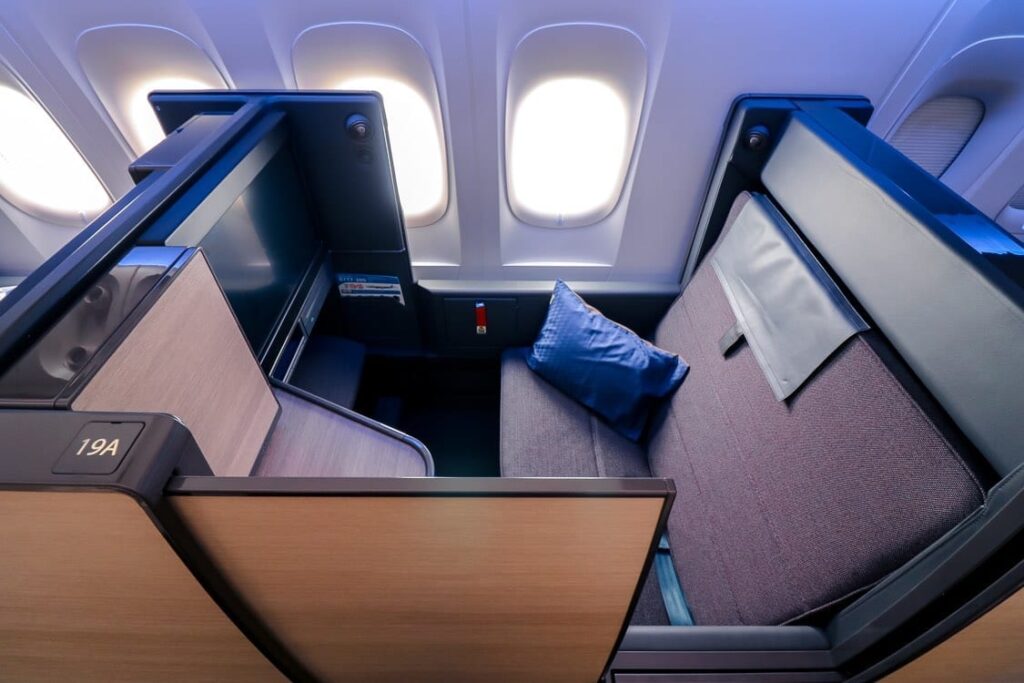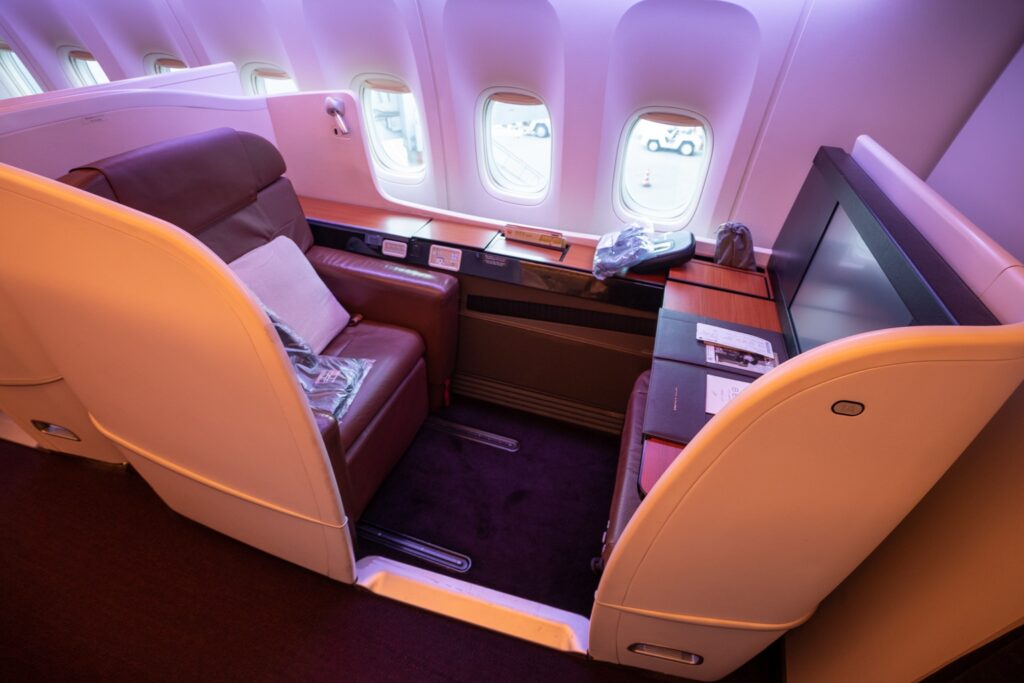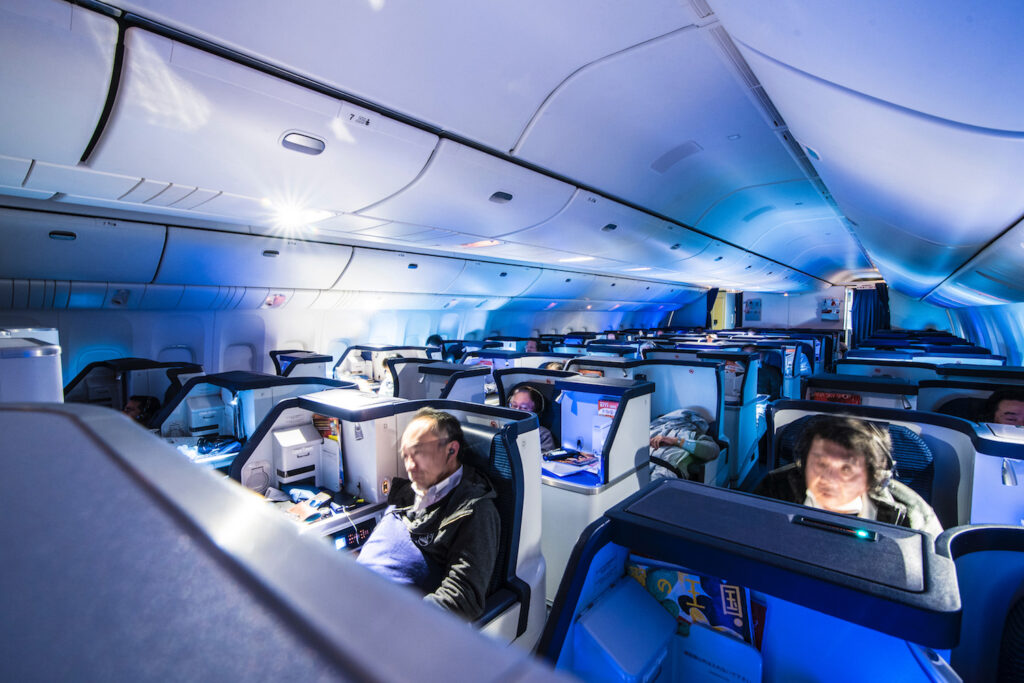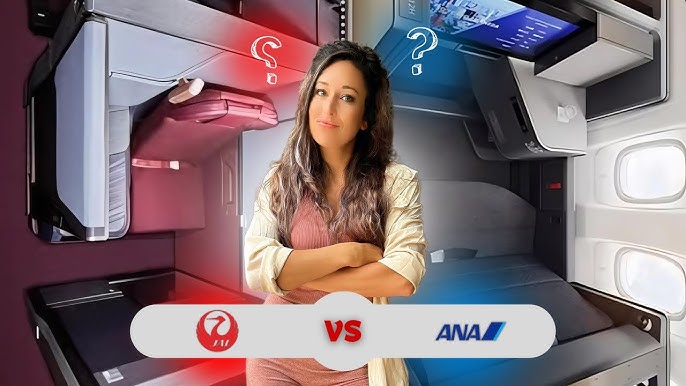Flying business class with a Japanese airline promises exceptional service, refined meals, and a tranquil cabin atmosphere. Two major carriers dominate this space—All Nippon Airways (ANA) and Japan Airlines (JAL). Both are respected globally, and their reputations for precision and hospitality are hard-earned. However, choosing between them isn’t always straightforward. The decision depends heavily on what kind of travel experience a passenger values most.
ANA and JAL each offer a distinct take on Japanese excellence. While both carriers provide premium services, their approach to business class design, in-flight meals, and cabin layout varies in subtle yet meaningful ways. Passengers frequently debate which airline offers the superior experience, but the answer often lies in the small details.

ANA’s business class, particularly on its newer aircraft like the Boeing 777-300ER and 787-9, is known for modernity and innovation. The airline introduced “The Room,” a business class seat that feels more like a mini-suite, with wide sliding doors and generous space for working or relaxing. Meanwhile, JAL takes a more traditional route, focusing on elegance and understated design. Its Sky Suite offers a cocoon-like privacy that prioritizes rest and relaxation, complemented by soft lighting and minimalist tones.
When stepping aboard either airline, one immediately notices a different tone in ambiance. ANA leans into a more futuristic presentation, with contemporary finishes and bright cabin environments. In contrast, JAL exudes warmth, offering a serene space that mirrors the quiet aesthetics of a Japanese inn. Both carriers aim to provide comfort and peace, but they get there through slightly different design philosophies.

The onboard service provided by both airlines remains a major draw for international travelers. ANA’s cabin crew maintain an energetic, professional tone, often moving with clockwork precision while attending to passenger needs. JAL’s staff project calm and courtesy, with every gesture reflecting the Japanese principle of “omotenashi,” or selfless hospitality. Neither airline cuts corners when it comes to passenger attention, but JAL’s approach tends to feel a bit more personal and subdued.
Dining experiences also reflect these philosophies. ANA tends to showcase fusion cuisine, offering an inventive menu that mixes Japanese and international flavors. Dishes are often beautifully presented and updated with seasonal ingredients. On the other hand, JAL emphasizes traditional Japanese meals prepared with regional authenticity. Their in-flight Kaiseki-style dishes bring a taste of Japan’s culinary heritage to cruising altitude, delighting passengers who prefer timeless flavors over modern blends.

Entertainment systems on both airlines are competitive, offering a wide selection of international films, Japanese content, and music. ANA’s interface is sharp and tech-forward, while JAL offers a more intuitive, simple layout. Wi-Fi is generally available on long-haul flights for both airlines, though pricing and speed vary slightly depending on route and aircraft type.
Seats are one of the most talked-about aspects in any business class comparison. ANA’s “The Room” is wider than many first-class seats and offers exceptional privacy when the door is closed. It functions as both a lounge and workspace. JAL’s Sky Suite, while narrower, provides cozy privacy and transforms into a plush flatbed with a mattress pad and fluffy duvet. Passengers who prioritize space and tech may lean toward ANA, while those seeking a calm, restful sleep may prefer JAL’s setup.
Ground service is another point of comparison. ANA’s lounges, particularly at Tokyo Haneda and Narita, offer sleek, modern settings with quiet zones and hot meal service. JAL’s First Class and Sakura Lounges focus on serene ambiance, often with a more curated food selection and thoughtful design. Both airlines offer smooth check-in and priority boarding, with helpful staff guiding business class passengers through each stage of the airport journey.
When evaluating punctuality and route availability, ANA and JAL perform almost identically. As members of Star Alliance and Oneworld respectively, each provides wide global reach through their partners. ANA tends to have stronger connections in Asia-Pacific via Star Alliance routes, while JAL offers seamless North American and European access with Oneworld partners like American Airlines and British Airways.

Choosing between ANA and JAL for business class ultimately depends on individual preferences. If a traveler values sleek design, technological convenience, and a bold cabin layout, ANA stands out with its forward-thinking service model. If serenity, traditional elegance, and personalized touches are more appealing, JAL becomes the clear favorite. Both airlines reflect the best of Japanese aviation, delivering reliable, premium experiences that are among the finest in the skies.
For frequent flyers, either airline provides long-term benefits through loyalty programs, priority services, and elite recognition. ANA Mileage Club and JAL Mileage Bank both reward regular travelers with upgrades and exclusive perks. The deciding factor often comes down to alliance loyalty and route network needs, rather than differences in the in-flight product alone.
Read More: Bryson DeChambeau Brings Physics, Data, and Technology to the Forefront of Modern Golf
In the end, flying business class with either ANA or JAL is rarely a disappointing experience. The true luxury lies in consistency, care, and the unique cultural essence each airline brings on board. For travelers seeking refinement, comfort, and Japanese hospitality at altitude, the skies between Tokyo and the world remain elegantly divided between two remarkable carriers.
